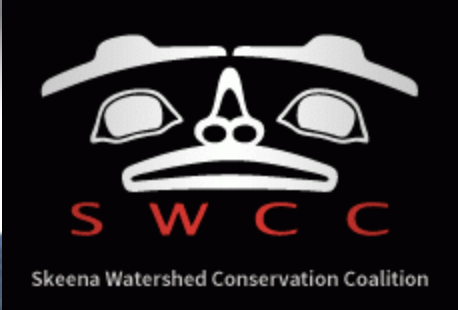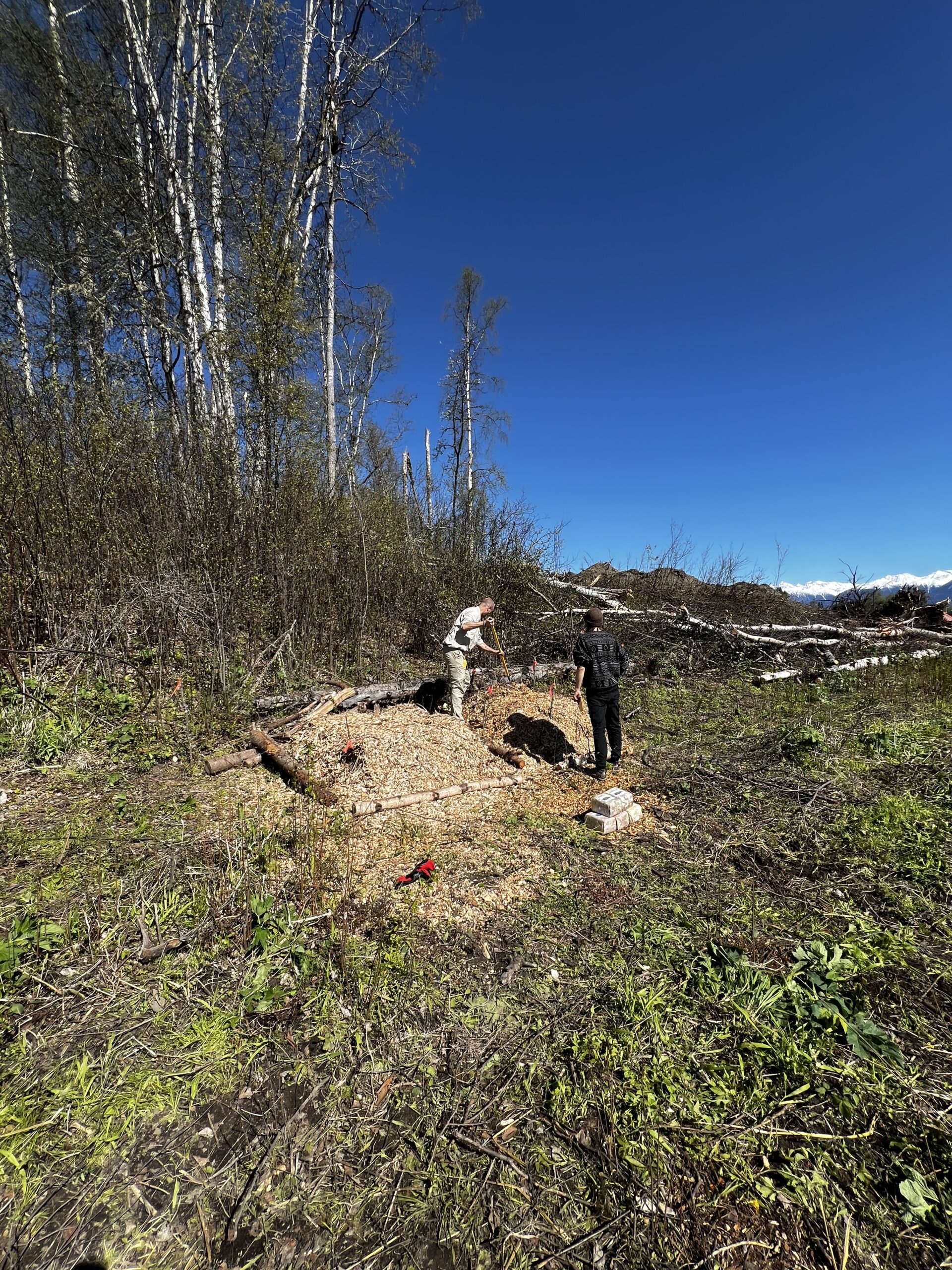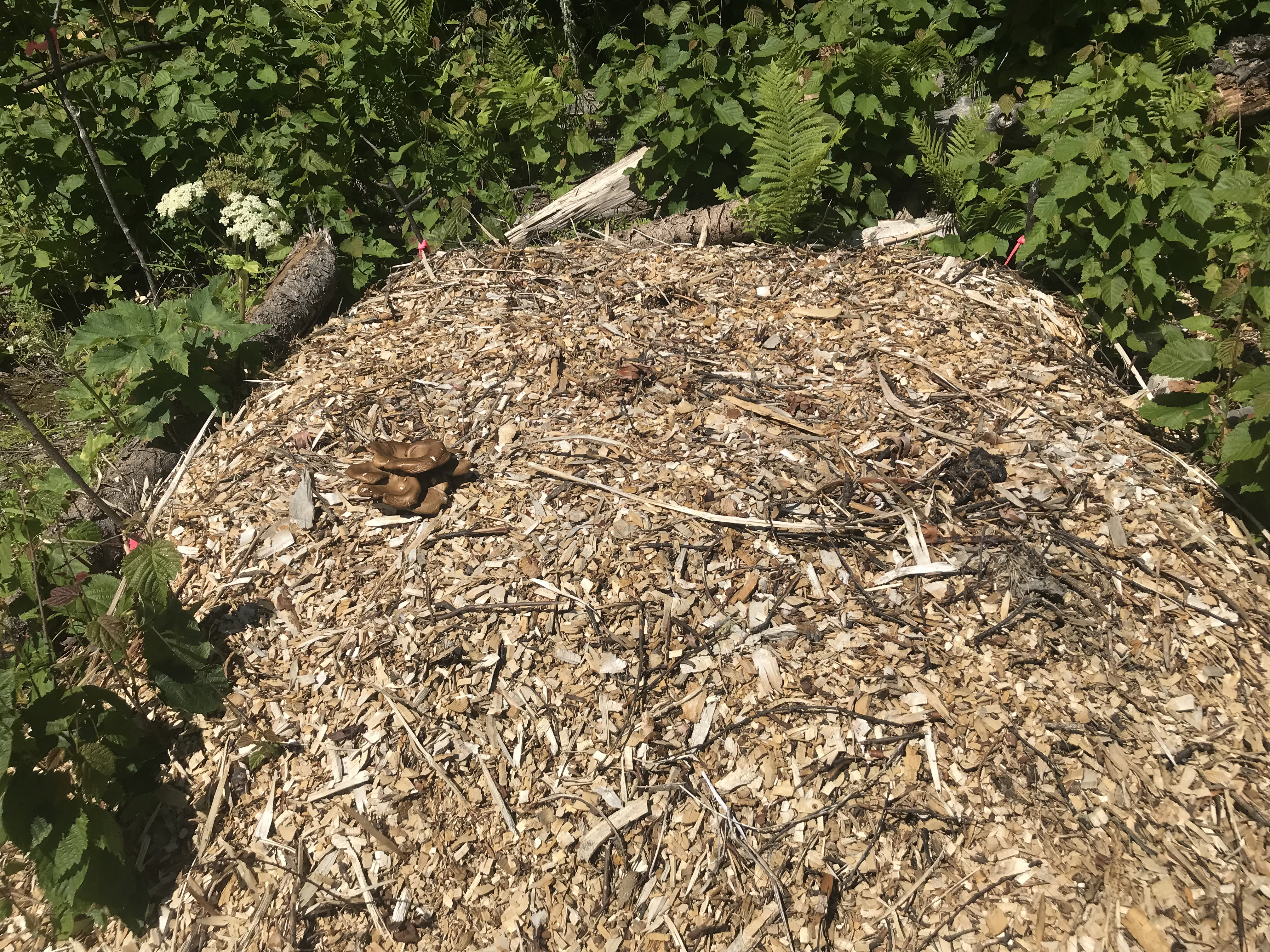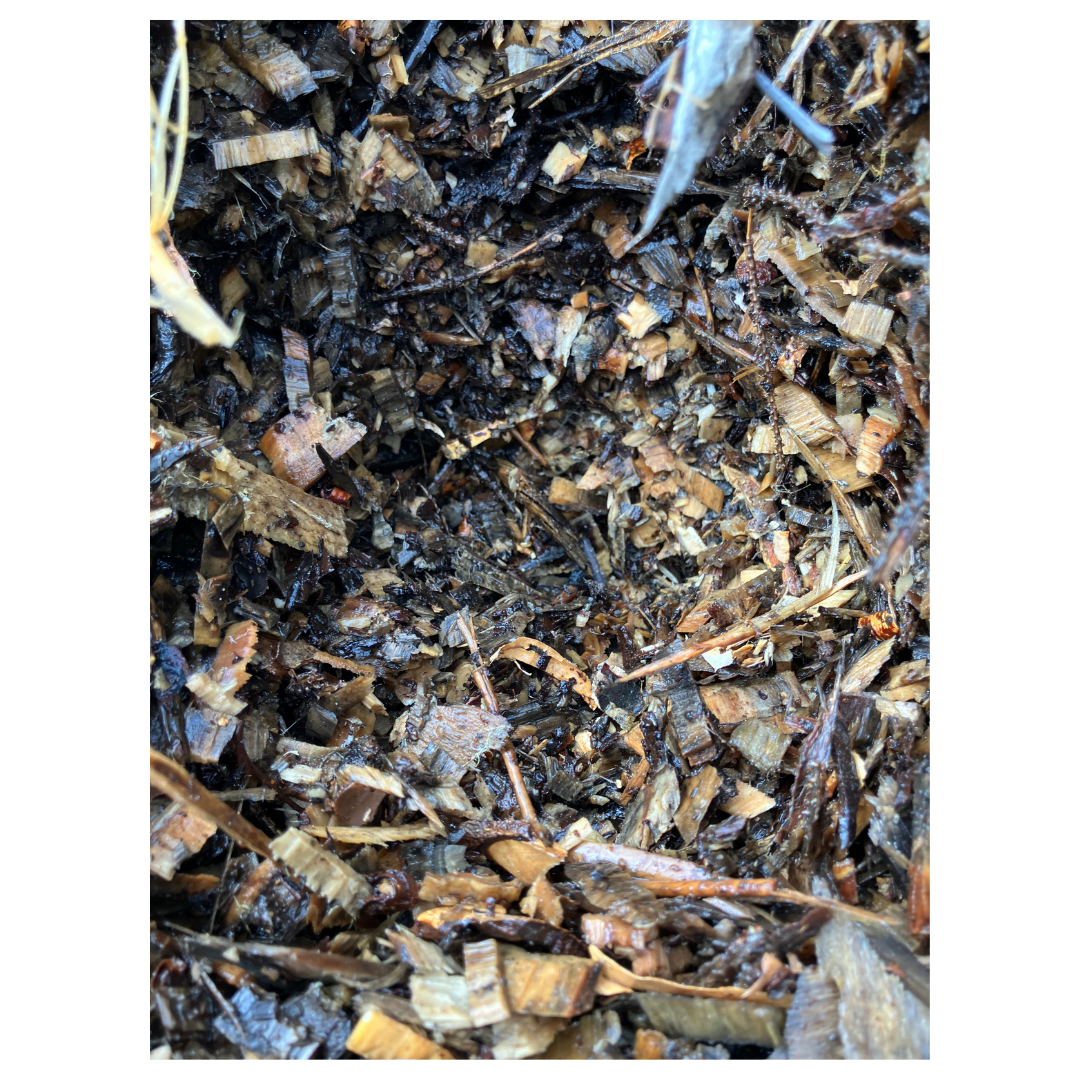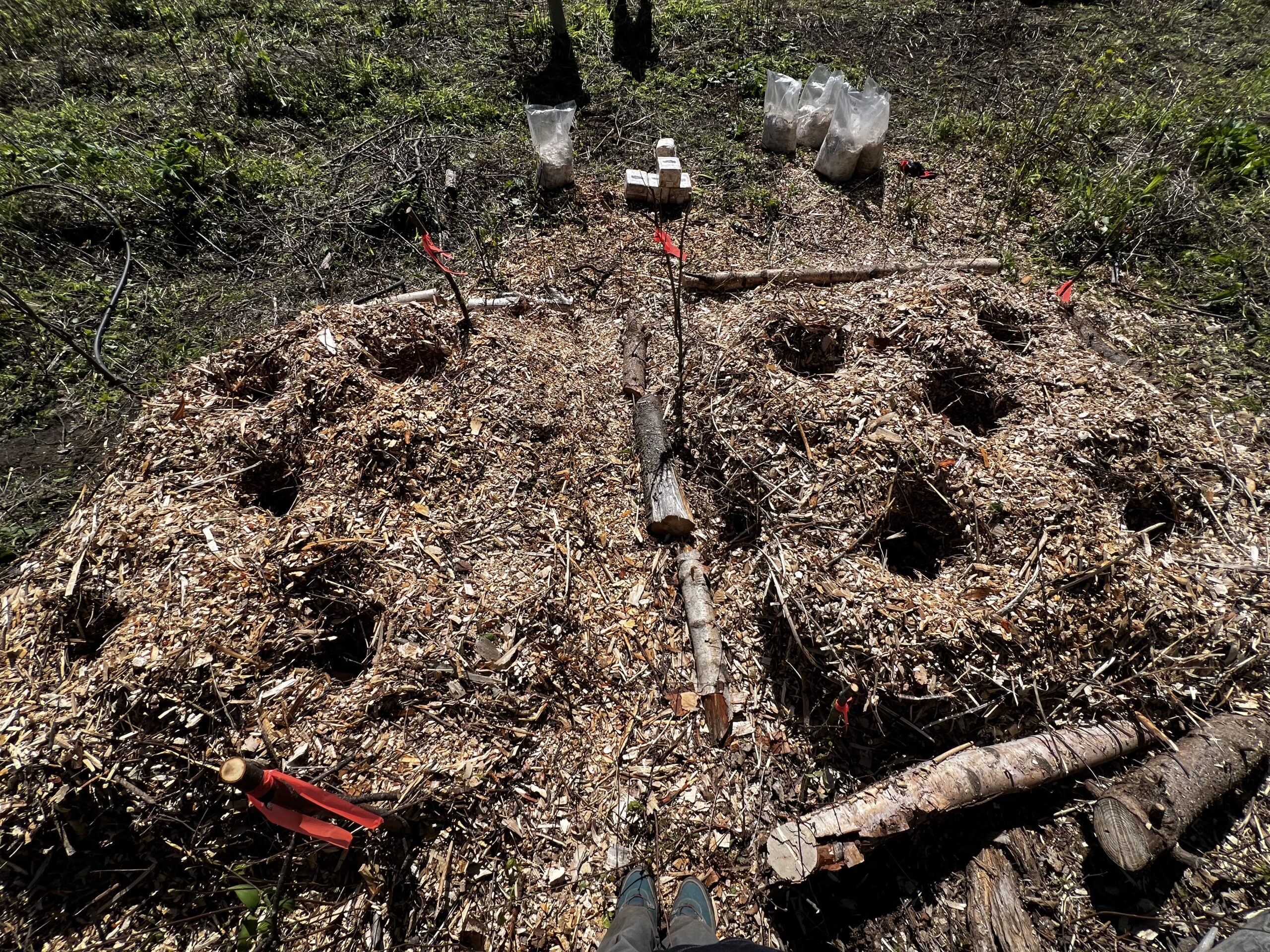Bioremediation: Our Projects
HEALING THE LAND. HEALING THE PEOPLE.
Photo Album
This page is still being updated, be sure to check back for more info!
Cold-Fire
While British Columbia’s forests are assumed by many to be a carbon sink, greenhouse gas emissions from industrial logging, widespread slash-pile burning, and increasingly rampant wildfires have turned BC’s forests into a net source of atmospheric carbon.
The forest industry is required by BC to dispose of slash, which includes tree limbs, tops, and other forest residue from logging activities, by either burning it in large piles or transporting the material to be turned into other products, such as wood pellets.
A 2023 report from the Ministry of Forests estimates that slash pile burning contributes around 6% of the province’s annual greenhouse gas emissions, which is double the amount emitted from BC’s entire agricultural industry.
However, this is likely a large underestimate, with other professionals estimating it to be closer to 12% of BC’s annual emissions.
In May 2024, SWCC worked with the community of Sik-E-Dakh to create cold-fire demonstration sites adjacent to the Farm School food forest to test the effectiveness of Turkey Tail and Blue Oyster in breaking down chipped waste wood piles left over from building a fire break around the community in 2023. Our work had been modelled after and informed by a large-scale ColdFire Project based in Colorado and led by Jeff Ravage. (https://coldfireproject.com/).
Learn more about SWCC’s 2024 Demonstration sites on the SWCC Facebook page, and in the videos at the bottom of this page.
The CleanBC Roadmap to 2030 recognizes the significant emissions associated with slash burning and sets a commitment to the “near elimination” of the practice by 2030. This is where Cold Fire comes in, instead of being burned, slash piles are inoculated with native mycelium to accelerate decomposition and return carbon to the soil, rather than releasing it into the atmosphere.
This not only reduces the fuel load of post-logging debris but also presents potential improvements in soil properties such as increased carbon stabilization, nutrient mobilization, and water retention.
